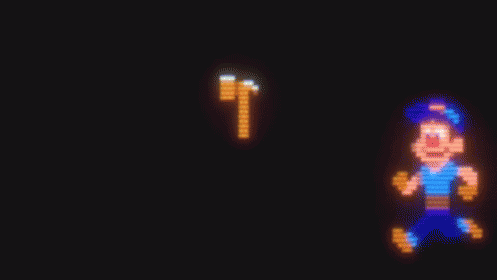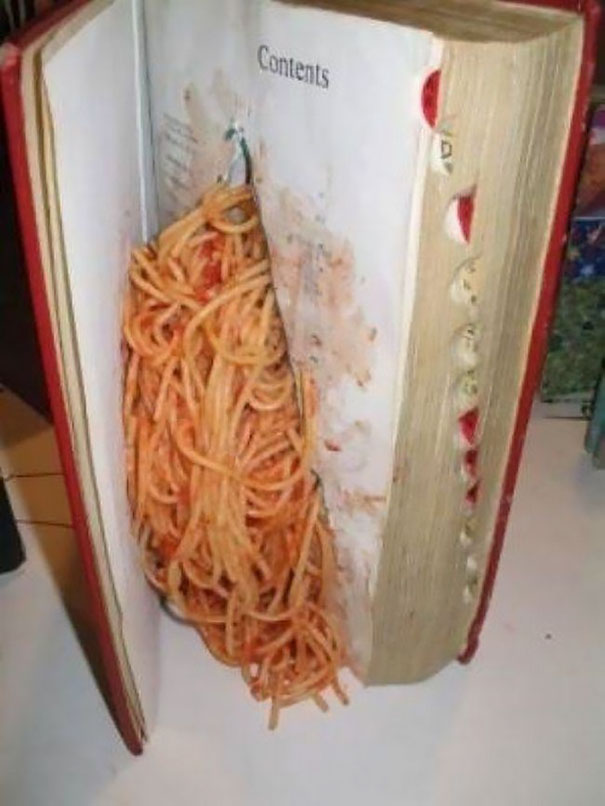 |
| This is kind of a creepy gif, but oh well. |
So, to answer that life question in a short-term manner, I've realized that I loved my time at Liberty Wildlife and I didn't want to leave, so I've chosen to spend the rest of my Wednesdays as a volunteer, where I will probably be doing mostly intake and help around (so, basically the same as what I'm doing now).
I really don't have much to talk about in this post: my main task this week involved my final product, which I can't tell you about, so there's a bunch of curiosity for you. However, to keep you updated, it seems that studying and presenting about two different species is quite a lot, so for my presentation and the rest of my project, I've decided to focus on my work for the American Kestrels because I've found more studies related to them and their population is declining sharply (even though they are still considered least concern by EPA), so hopefully my research will be able to see why they're population is declining and what humans can do to fix that little problem there.
 |
| This will hopefully be me soon? |
Finally, time for our animal of the week: the bee hummingbird!
 |
| It's so pretty! |
 |
| That is the hummingbird's nest. For comparison. |
Mass: 0.056 – 0.071 oz (Adult)
Length: 2 – 2.4 in. (Adult)
On average, the bee hummingbird beats it wings 80 times a second. However, during courtship rituals, it can go up to 200 beats a second.
Finally, because this bird is so small and has a very fast metabolism, this bird eats up to half its body mass in food each day, and consumes up to 8 times its body mass in water.
Well, that's it for now. One more week guys. Then I'll be done with life. I know mocks and work and college are killing most of you right now, so I will encourage you with statements of encouragement: you can do it, you got this, and don't die!
And for all you students out there:
 |
| Use this trick to make the teacher think you are studying when you are really eating spaghetti |

